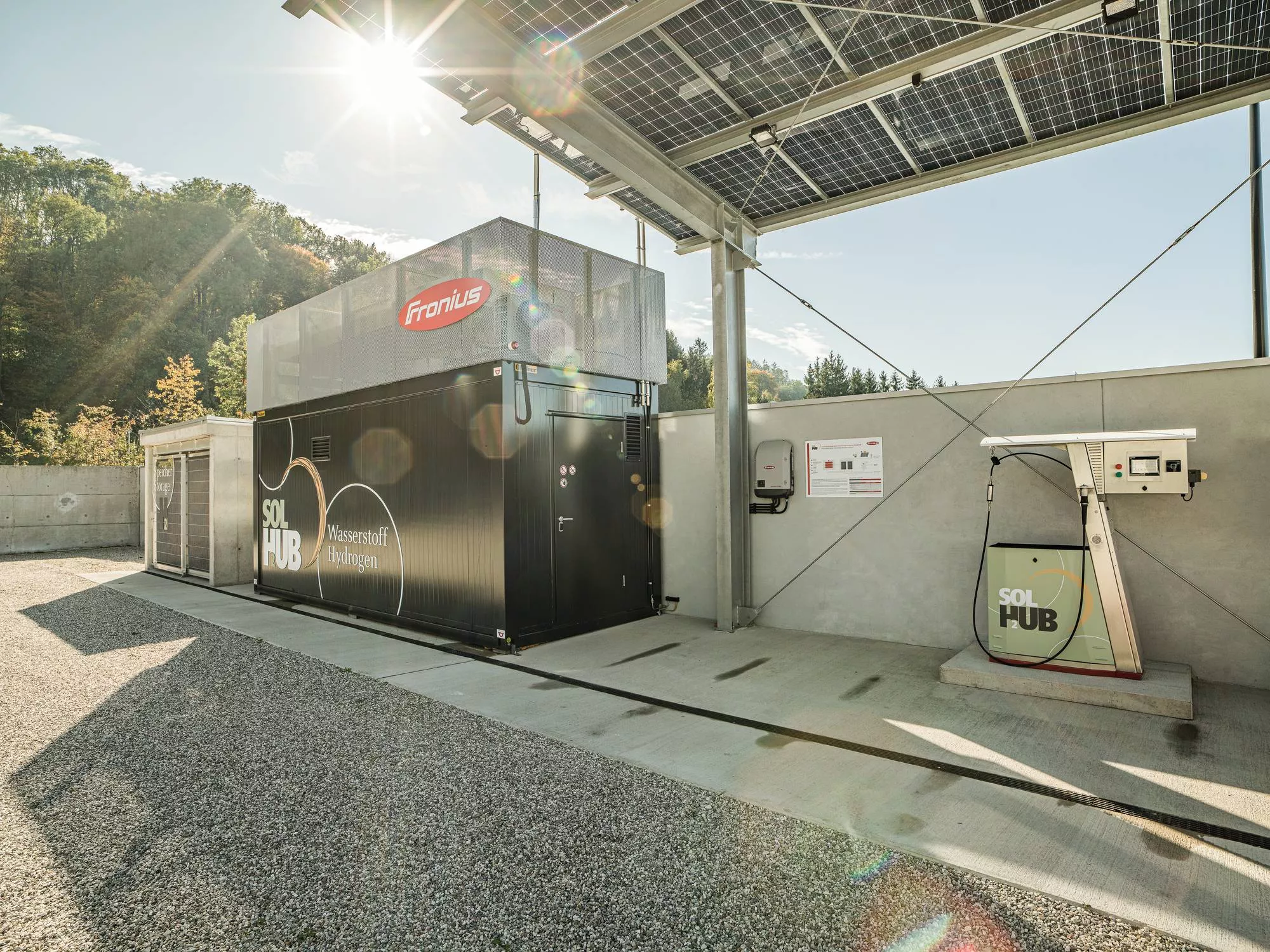100% renewable energy Europe study – sun as possible main source of power generation in 2030.
As part of the European “Green Deal” (the European Union’s vision for climate neutrality by 2050), a joint study was conducted in collaboration with Solar Power Europe and the LUT University (Lappeenranta-Lahti University of Technology), which examined the role of solar energy in the European energy revolution. This cause was supported by selected members, such as Fronius.
According to this study, it is possible for Europe become the first continent in the world to be climate neutral by 2040, and to achieve the ambitious goals of the Paris Agreement. Included measures should limit global warming to 1.5° degree Celsius in order to combat climate change.
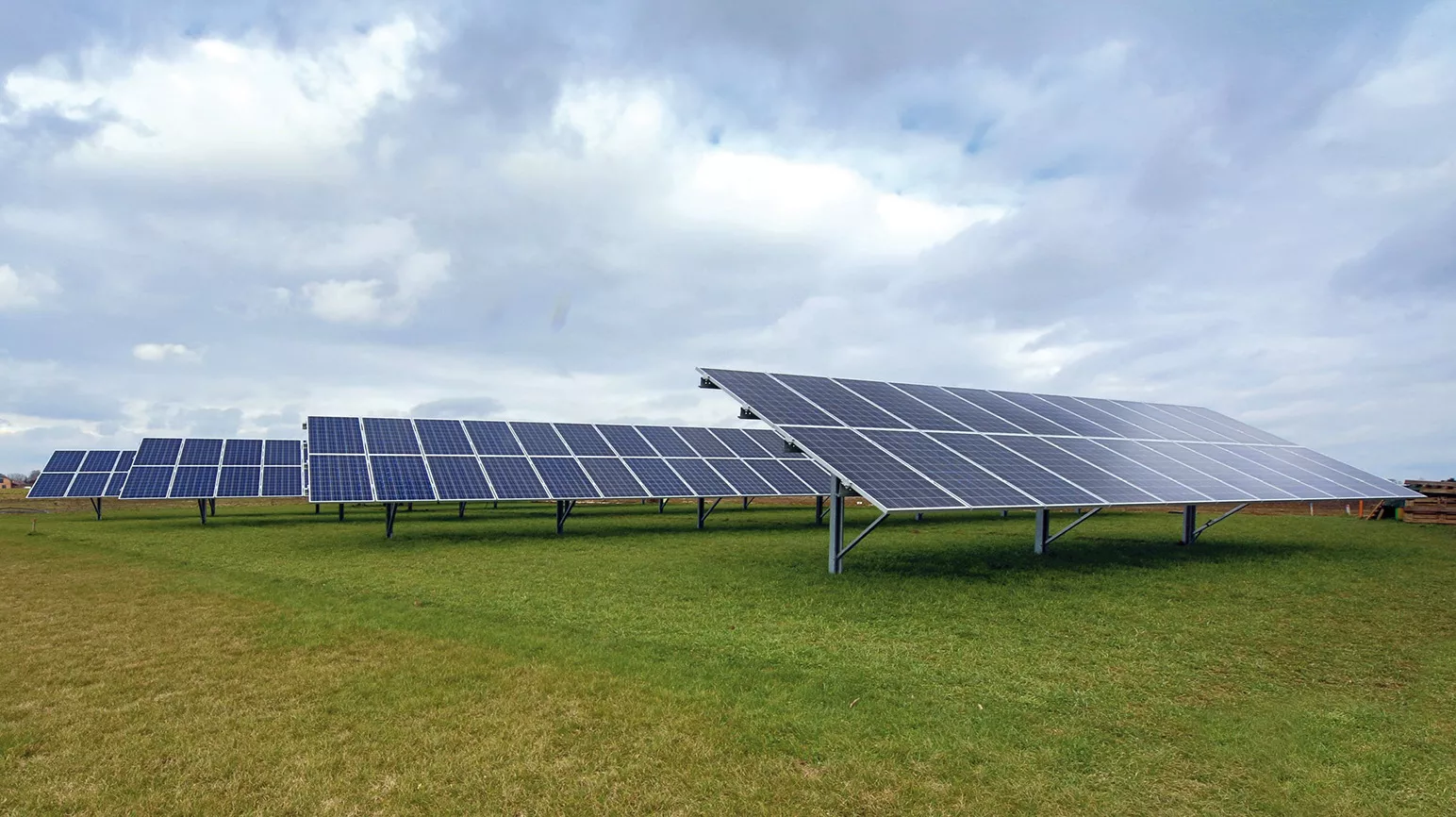
Future scenarios at a glance:
The aim of the project is to depict the implementation of the Paris Agreement and the emission of greenhouse gases in a way that is technically feasible and environmentally friendly, based on three possible future scenarios. Starting from the current situation, all three possible scenarios promote energy sector integration, which combines energy, heat and mobility, to varying degrees.
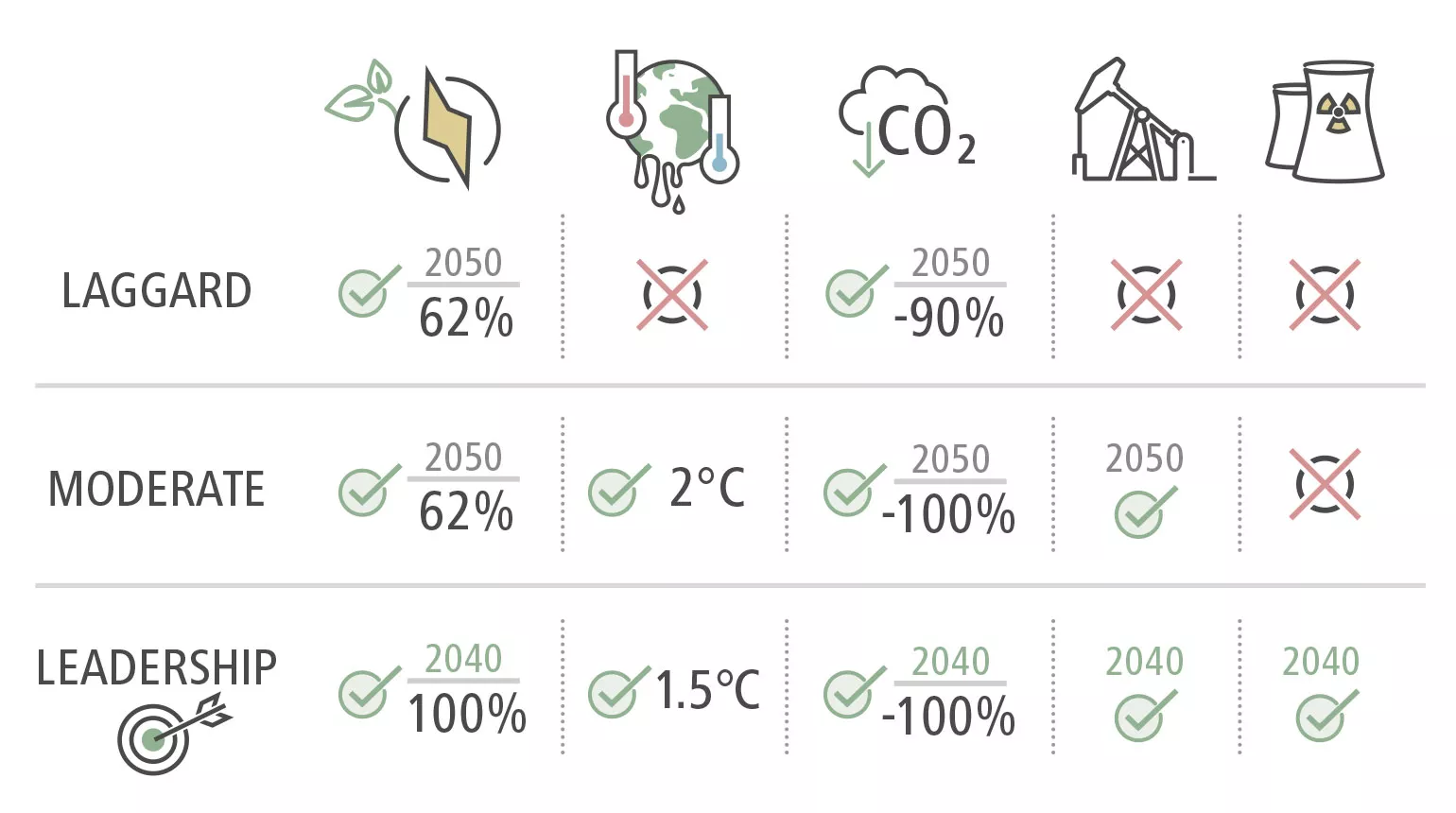
Laggard scenario
The first scenario represents a vision of the future with few ambitious objectives.
Fossil fuels and nuclear power plants remain part of the energy mix. Due to the slower electrification of road transport, the abolition of combustion engines is delayed. In addition, the proportion of fossil fuels in air and sea transport is still 50 %.
Consequently, both the objectives of the Paris Agreement and climate neutrality cannot be achieved by 2050.
Moderate scenario
The second scenario represents a much more positive future: both the European Commission’s objective – the end of greenhouse gas emissions – and the objectives of the Paris Agreement with a temperature rise of less than 2 degrees can be achieved by the end of the 2050 deadline.
Leadership scenario
The third and most ambitious scenario sees the objectives reached a decade earlier, by 2040. This underlines once again what is actually achievable with appropriate measures.
In this scenario, no new nuclear power plants can be built as an additional measure, while existing nuclear power plants are decommissioned.
Photovoltaics as a pioneer of the energy revolution
The key to achieving these goals is to increase the electrification rate to 85% and increase the efficiency of the energy system through energy sector integration.
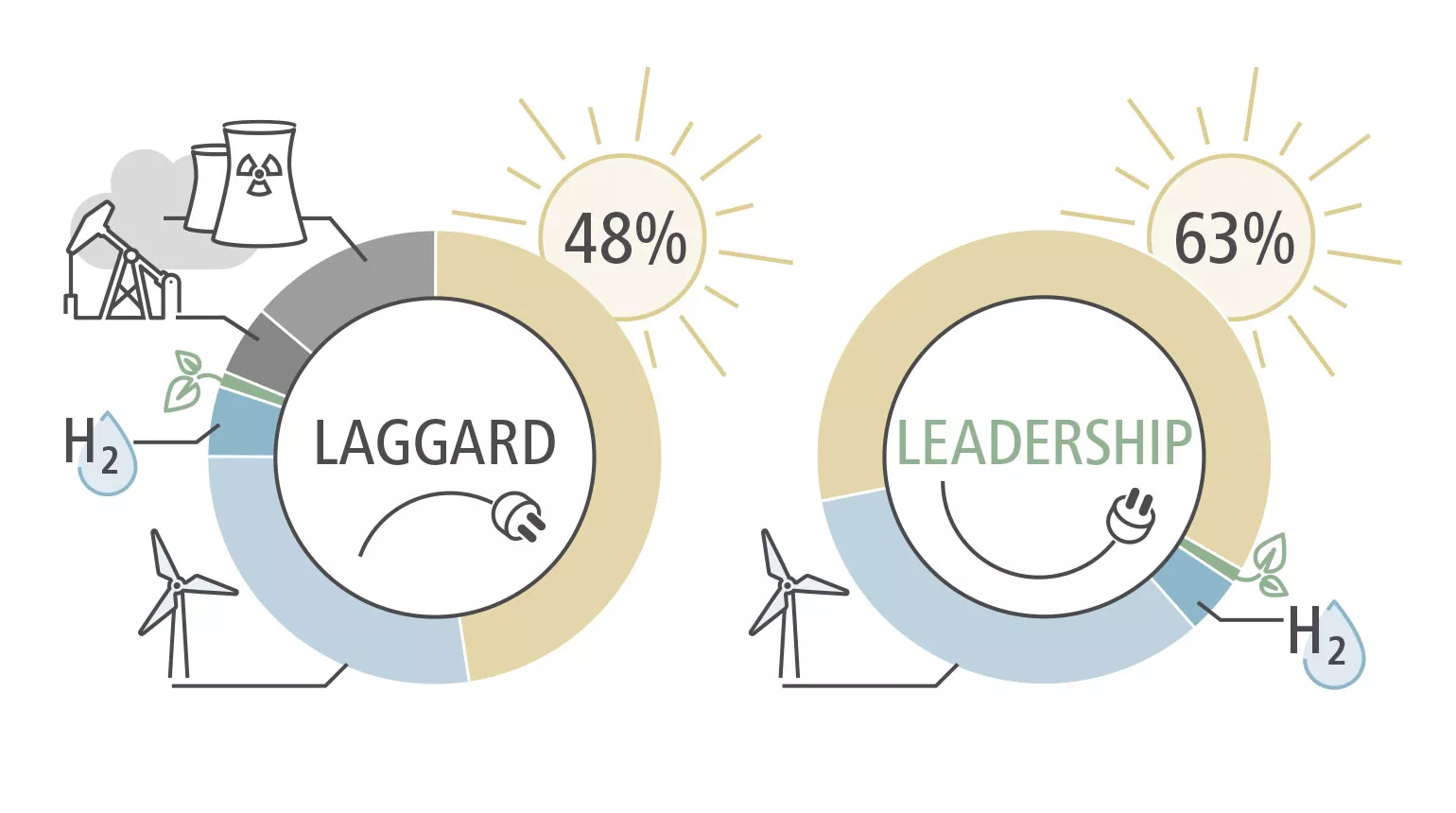
The study highlights the important role of solar energy in particular – in the long term, it is intended to satisfy more than 60 % of energy demand.
Its great advantage lies in its flexibility: PV systems can be implemented in a wide range of sizes and its costs are competitive with other solutions. According to the study, this solar path would also be the most cost-effective option.
The switch to renewable energy must take place now
However, as the figure below shows, the road to an energy revolution within Europe is still a long one. While the energy sector showcases an acceptable share of 32 % from renewable energy sources, the transport sector in particular is lagging behind making up only 8 % of the energy mix.
The focus here needs to be on the further development of batteries (for the electrification of vehicles) and hydrogen, which will play a decisive role in the freight transport sector in particular (including by sea and air).
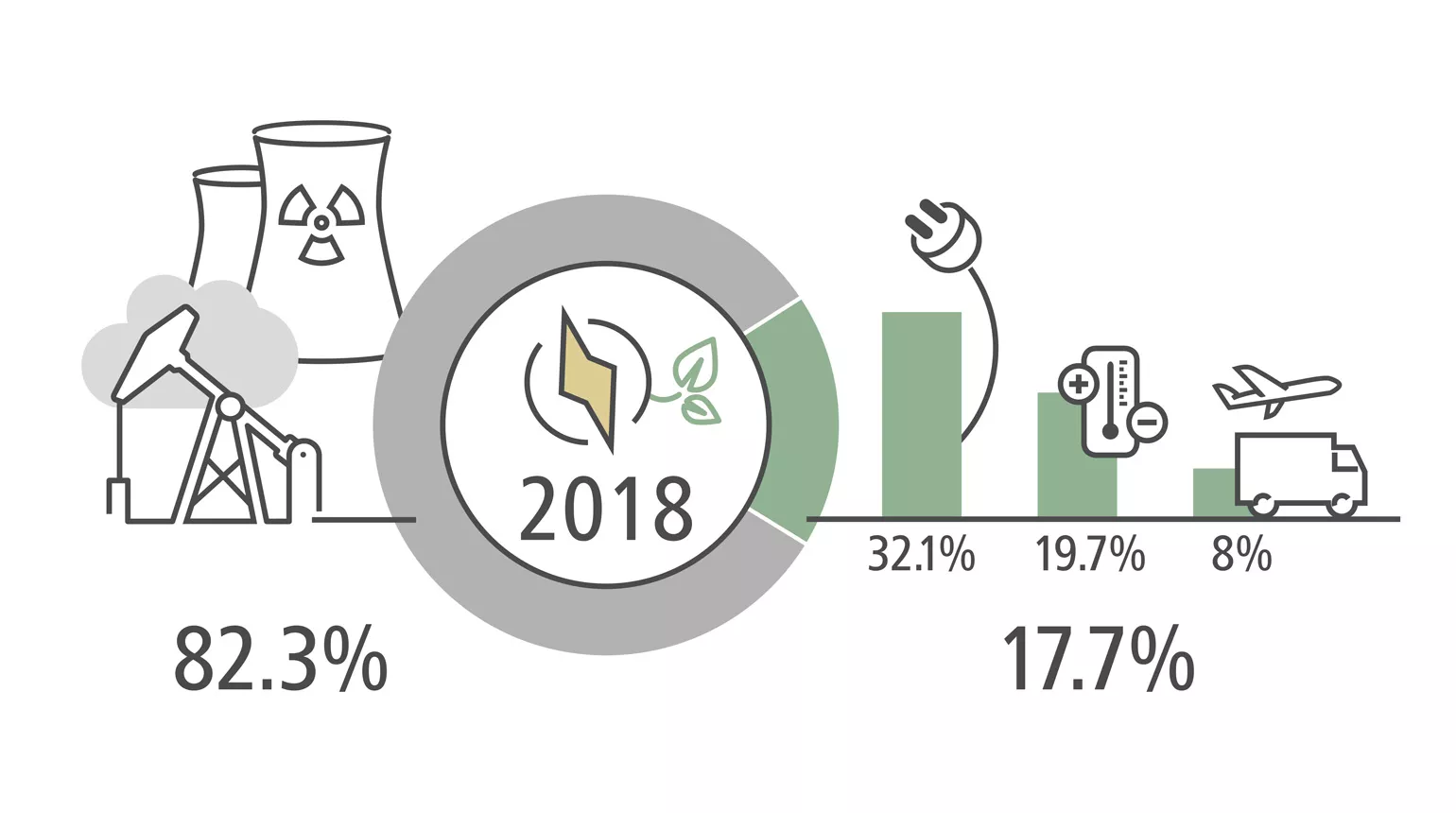
Energy storage as a key factor
Since the proportion of solar energy and wind energy in particular is set to increase significantly over the next few years, energy storage is an important part of achieving the energy revolution by 2050.
Up to 70 % of energy should be stored using batteries, thus covering 24 % of Europe’s energy requirements.
In order to guarantee this energy security in Europe over the long term, it is now necessary to drive forward these technologies and develop a long-term strategy for solar energy, which will also pave the way for future generations.
United in the vision of 24 hours of sun
As a pioneer in the field of renewable energies, Fronius not only sponsored this study, but also embodies the results through its own vision of 24 hours of sun.This vision portrays a future in which 100 % of the world’s energy needs are met by renewable energy sources.
The key lies in the efficient generation and storage of renewable energies as well as their intelligent and cost-efficient distribution and consumption.
What’s more, solar energy represents the most autonomous, effective and affordable energy source within the renewable energy mix, and is therefore available at all times and in sufficient quantity regardless of location.

